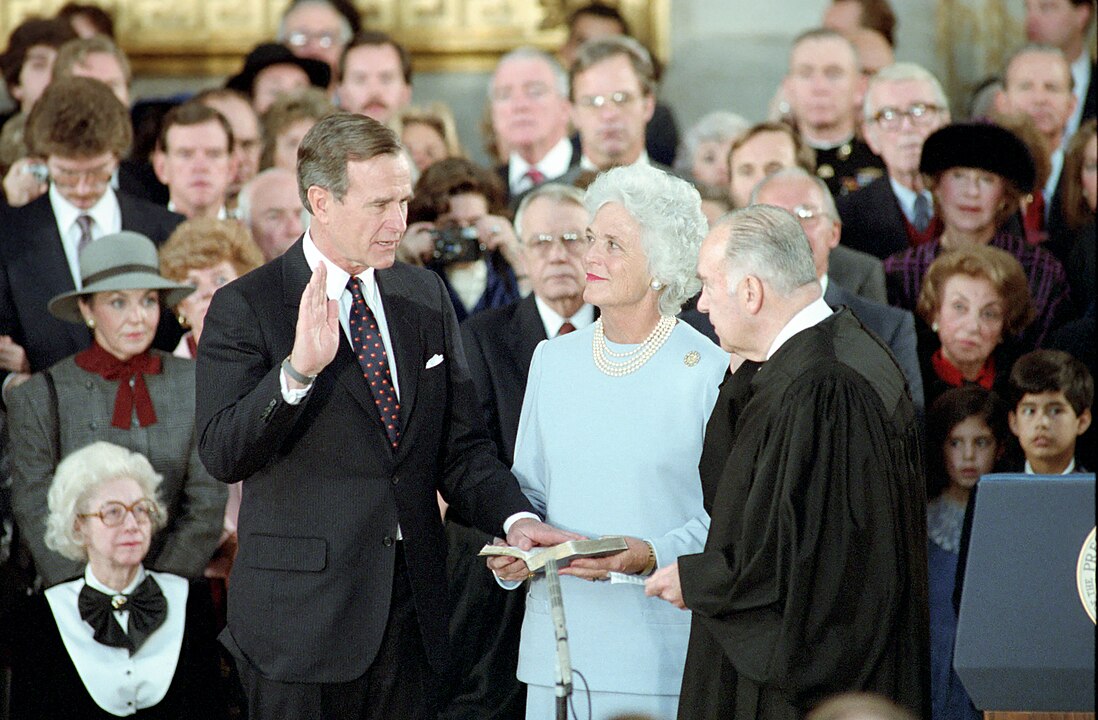George H.W. Bush lived several full careers before the Oval Office. Born in 1924, he earned his wings in 1943, flew TBM Avengers in the Pacific, then built an oil company in Texas by 1953. He won a House seat in 1966, served as UN ambassador, envoy to China, CIA director, and vice president. As the 41st president, he signed the ADA in 1990 and led a 35 nation coalition in 1991. Dates, distances, and job titles show how service shaped his choices.
1. Enlisting After Pearl Harbor, Earning Wings in 1943

Bush turned 18 on June 12, 1942 and enlisted in the U.S. Navy the same day, motivated by the December 7, 1941 attack. He became the Navy’s youngest aviator in 1943 at age 19. Training moved fast, from primary flight to carrier qualifications on short wooden decks. He learned instruments, night landings, and ditching drills. The TBM Avenger he trained for was a 3 seat torpedo bomber with long range, a perfect match for Pacific distances measured in hundreds of miles between islands and task forces.
2. TBM Avenger Crews and Carrier Life, 1944
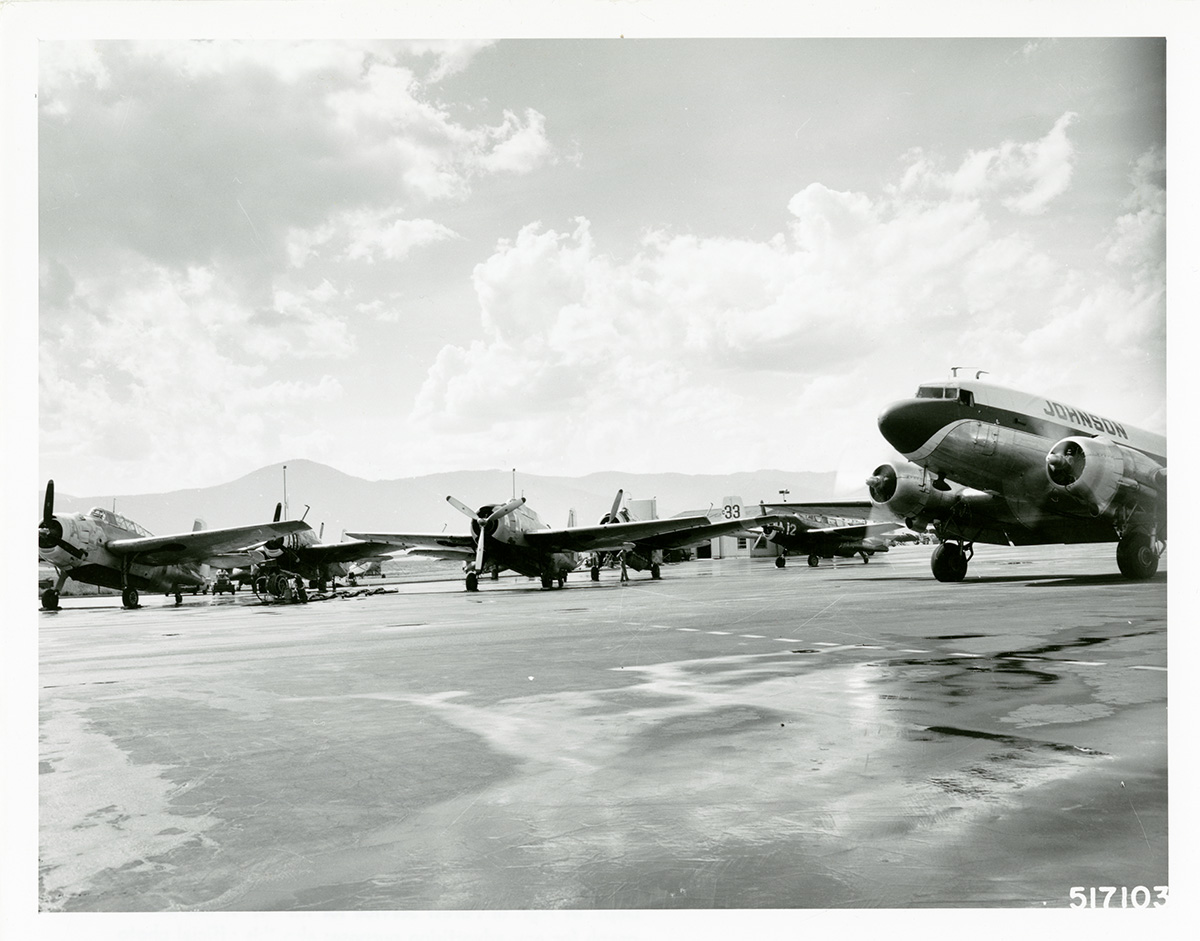
Assigned to Torpedo Squadron 51 aboard the light carrier USS San Jacinto, Bush flew the TBM with a radioman and gunner. The Avenger carried depth charges, bombs, or a Mark 13 torpedo and cruised near 150 knots. Carrier life ran on schedules, launch windows, and fuel margins. Deck crews spotted aircraft in tight rows. Pilots used hand signals, then catapult shots or short rolling takeoffs. Weather over the Marianas and Bonin Islands changed fast, so missions briefed altitudes, headings, radios, and rescue plans by grid.
3. Shot Down Over Chichi Jima, Rescued by USS Finback
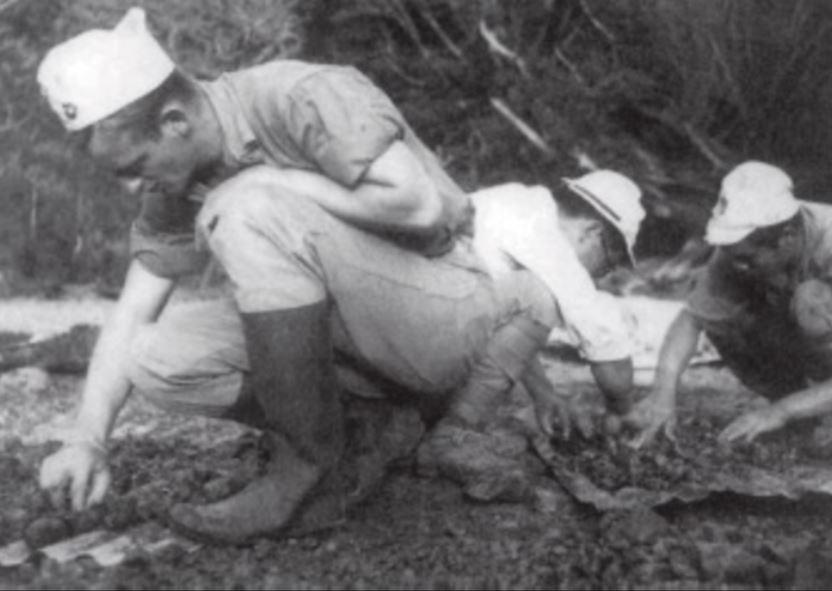
On September 2, 1944, Bush’s Avenger took flak over Chichi Jima while striking a radio site. He pressed the run, released ordnance, then bailed out over water. A U.S. submarine, USS Finback (SS-230), rescued him after hours in a raft. Two crewmates were lost. For that mission he received the Distinguished Flying Cross and later earned 3 Air Medals across 58 combat sorties. The event fixed his belief in teamwork, because survival depended on pilots, spotters, submariners, and the mapped pickup procedures rehearsed before launch.
4. Marriage, Yale, and Baseball Captain, 1945–1948
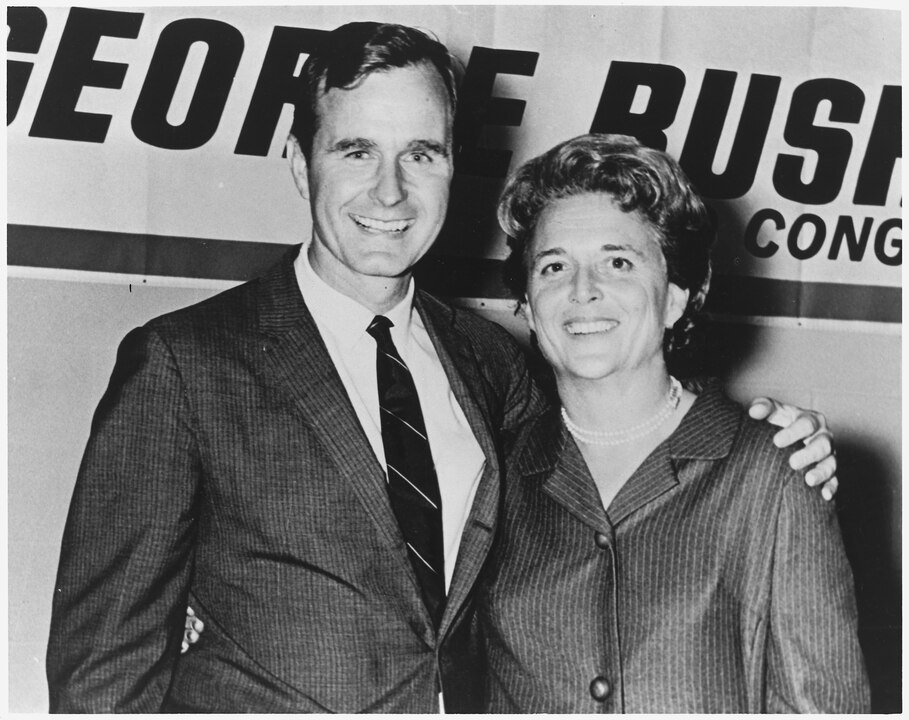
Bush married Barbara Pierce on January 6, 1945, then studied at Yale on the G.I. Bill. He graduated in 1948 with a degree in economics and captained the Yale baseball team to the first two College World Series in 1947 and 1948. A famous 1948 photo shows him receiving a manuscript from Babe Ruth on the field. Campus life taught leadership beyond cockpits, from practice schedules to budgets. By June 1948, with a diploma and a young family, he headed to West Texas for work.
5. Oil Patch Entrepreneur, Zapata in the 1950s
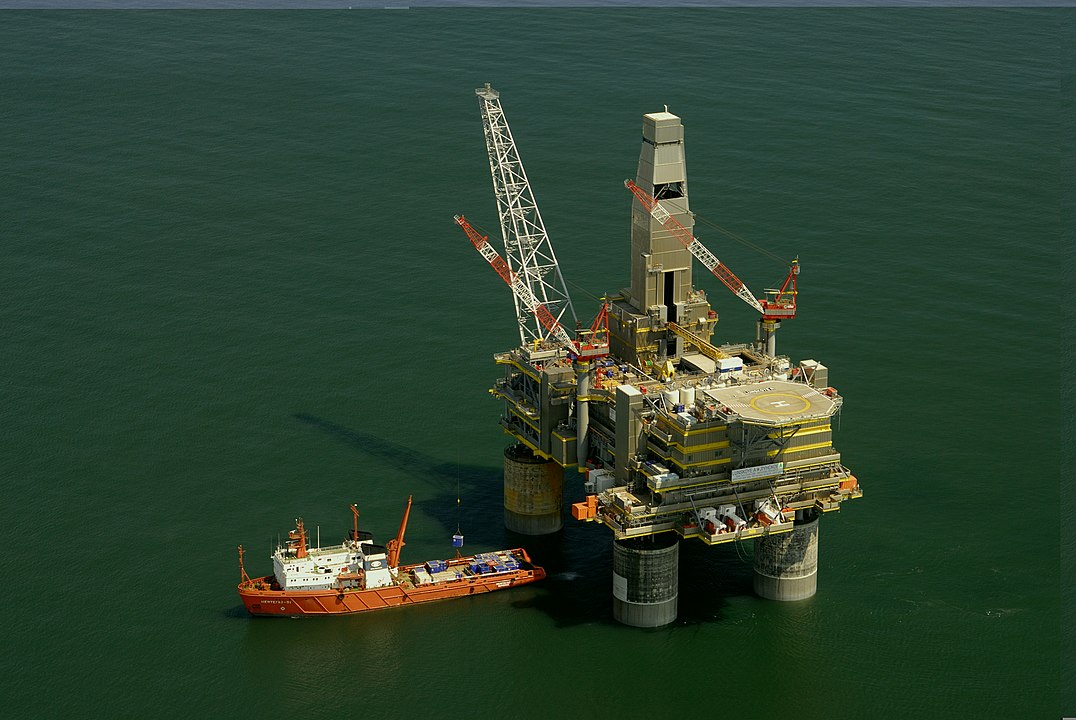
After selling drill bits in Odessa and Midland starting in 1948, Bush co-founded Zapata Petroleum in 1953, then launched Zapata Offshore in 1954 to focus on rigs at sea. The shift from land wells to offshore platforms demanded engineering, logistics, and steady financing. Crews measured production in barrels per day, and weather windows drove maintenance. By the late 1950s he moved operations to Houston. The business record mattered in later campaigns, because payrolls, investor calls, and safety rules showed he could run complex teams under pressure.
6. From Congress to Global Posts, 1966–1977
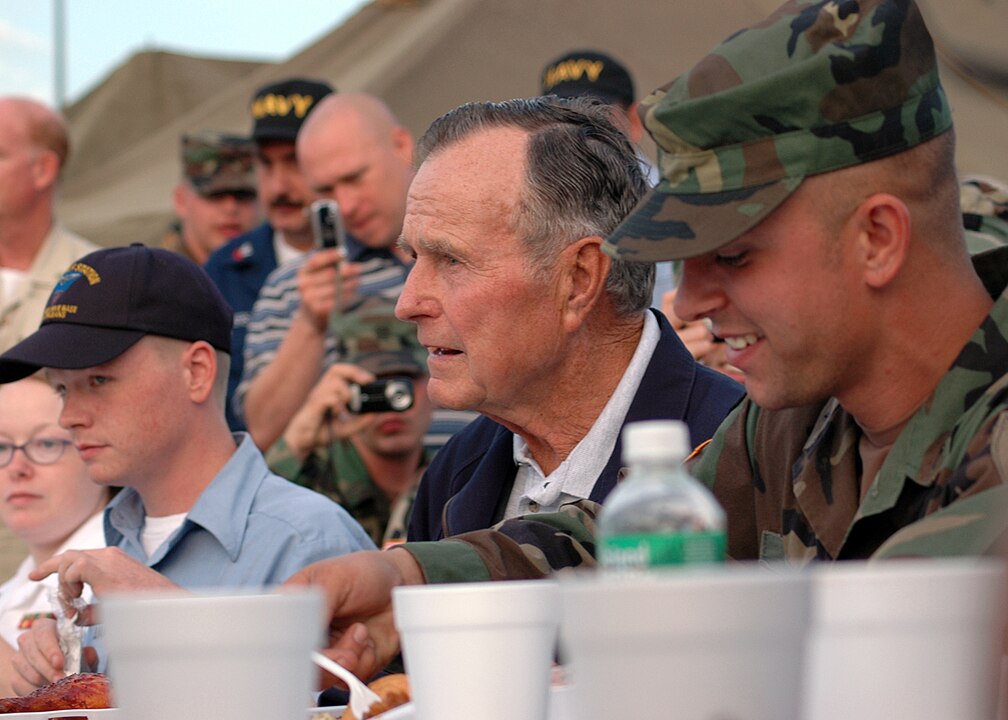
Voters sent Bush to the U.S. House in 1966 from Texas’s 7th District, then again in 1968. Presidents tapped him for global roles: U.S. Ambassador to the United Nations in 1971, Republican National Committee chair in 1973, Chief of the U.S. Liaison Office in Beijing in 1974, and Director of Central Intelligence in 1976. Each job came with numbers and deadlines, from Security Council votes to budget lines. The China posting required careful cables in 1974–1975, years before full diplomatic relations resumed in 1979.
7. Eight Years as Vice President, A Short Transfer of Power
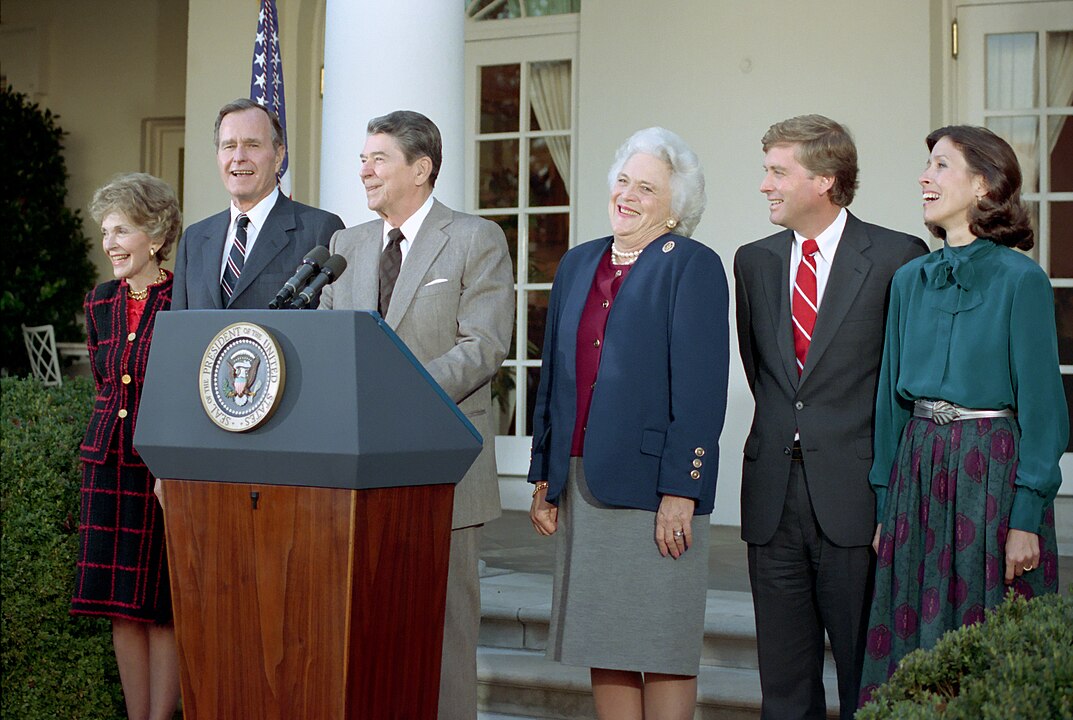
From 1981 to 1989, Bush served two terms as vice president. He chaired task forces on deregulation and drug policy and logged thousands of miles on diplomatic trips. On July 13, 1985, he briefly assumed presidential duties for about 8 hours while President Reagan had surgery under anesthesia, a practical test of succession rules. The travel schedule trained him for crisis calls at odd hours, and the National Security Council meetings taught how intel, logistics, and law work together during real world events.
8. The Presidency, 1989–1993: ADA, Clean Air, and Desert Storm
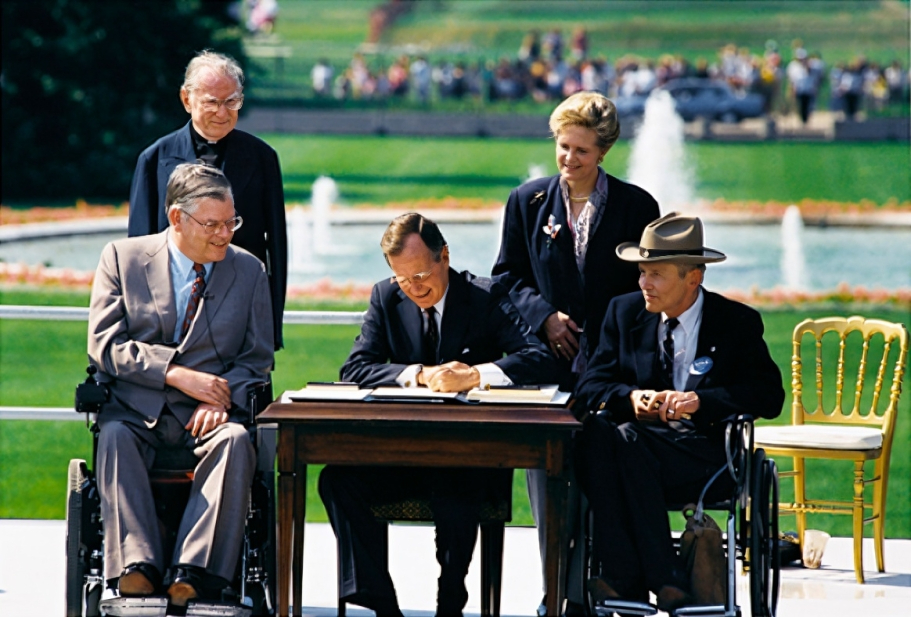
As the 41st president, Bush signed the Americans with Disabilities Act on July 26, 1990, then the Clean Air Act Amendments on November 15, 1990. He built a 35 nation coalition that expelled Iraqi forces from Kuwait during Operation Desert Storm from January 17 to February 28, 1991. The Cold War ended on his watch as the Soviet Union dissolved in December 1991, and START I was signed on July 31, 1991 to cut nuclear warheads. Budget deals and a recession in 1990–1991 shaped his 1992 loss.
9. Later Years, Service and a Long Life, 1993–2018
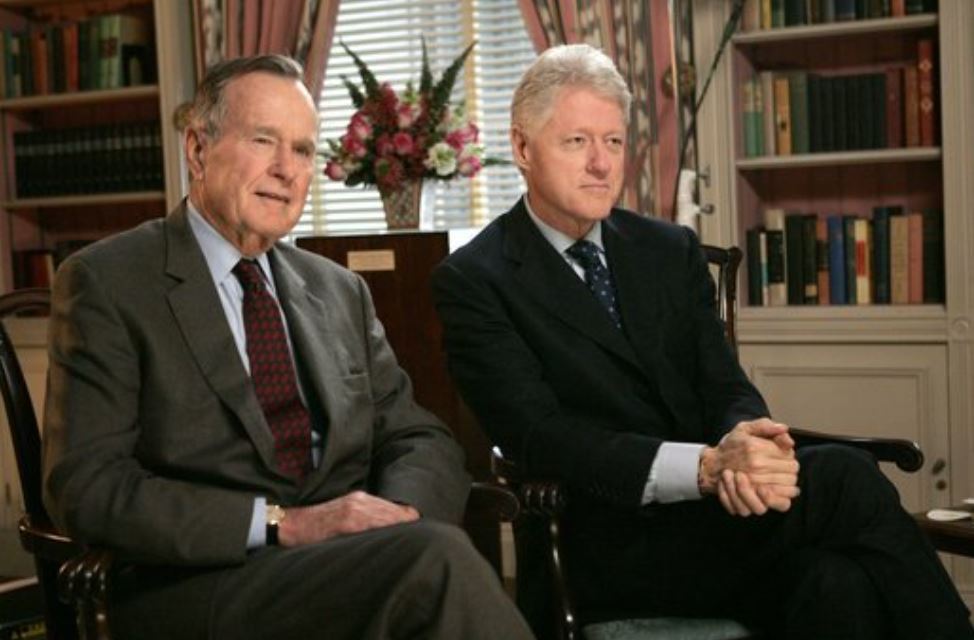
Out of office, Bush worked on disaster relief with former President Clinton after the 2004 tsunami and 2005 hurricanes. He saw his son George W. Bush sworn in as the 43rd president in 2001 and his son Jeb serve as Florida governor from 1999 to 2007. He marked his 90th birthday with a parachute jump on June 12, 2014. George H.W. Bush died in Houston on November 30, 2018 at age 94. Libraries, ships, and scholarships carry his name, keeping records and lessons public.
